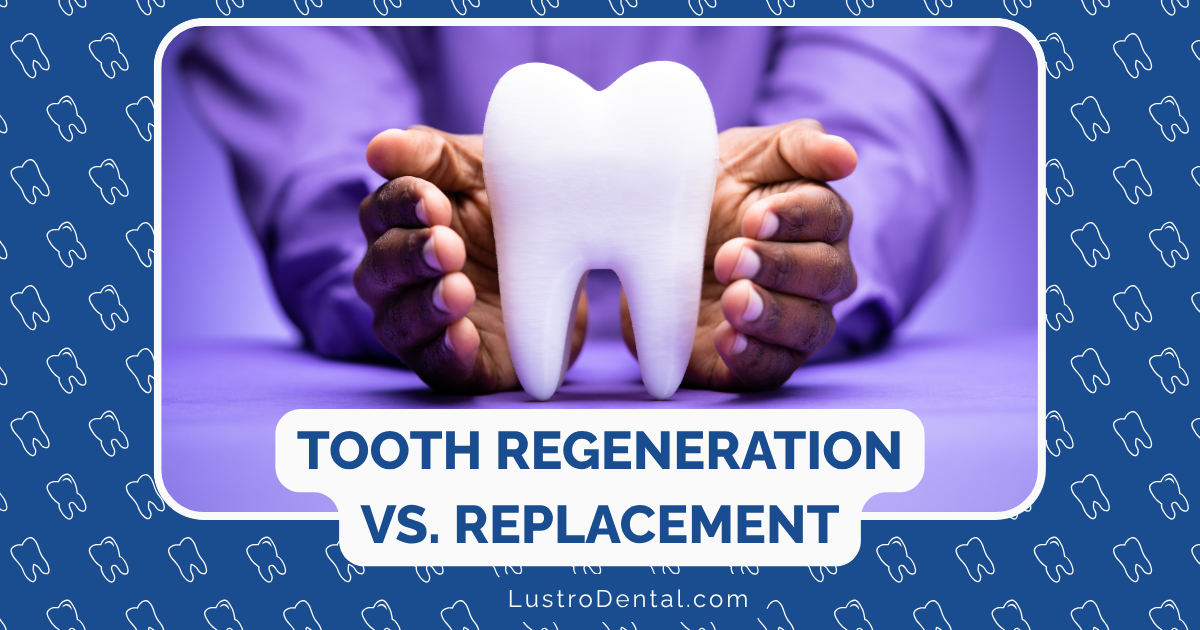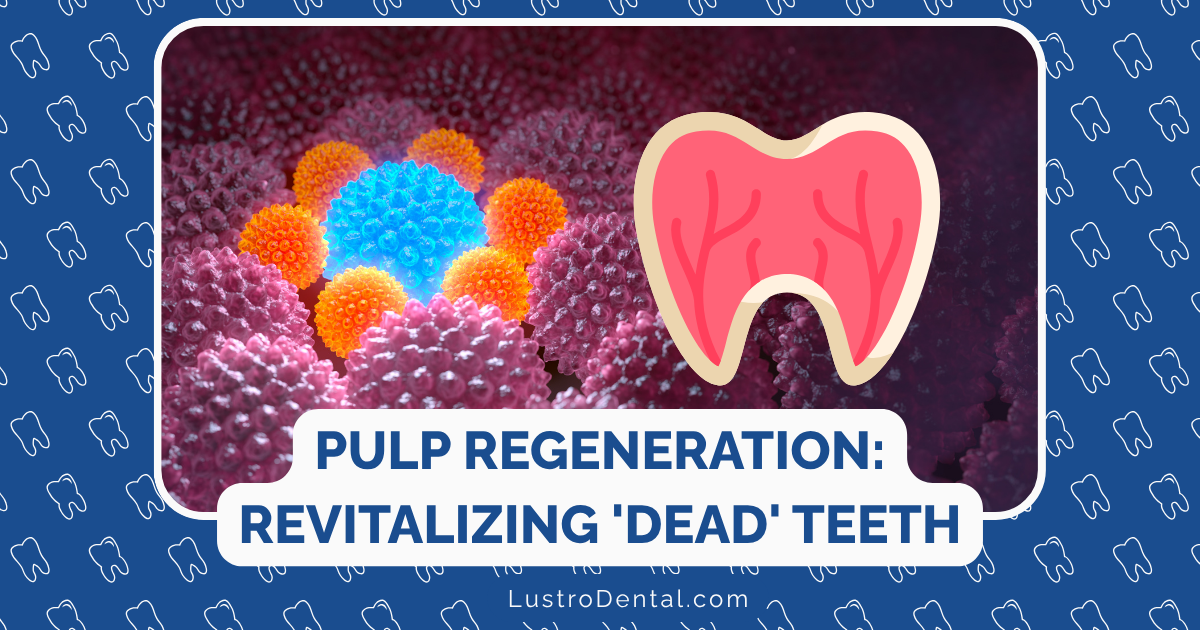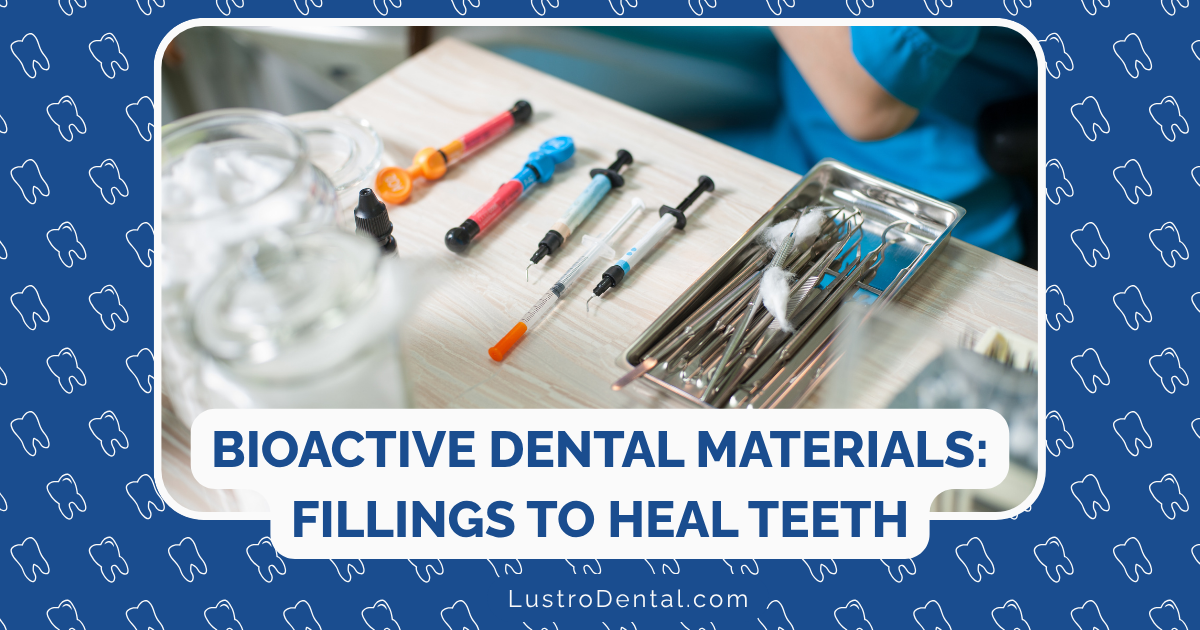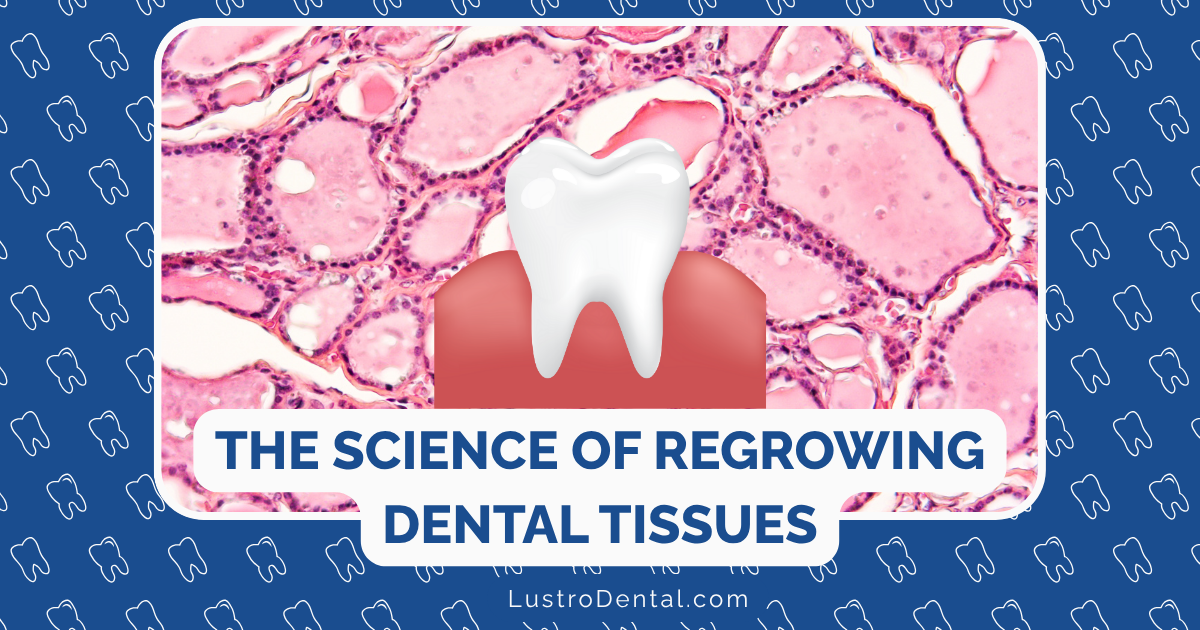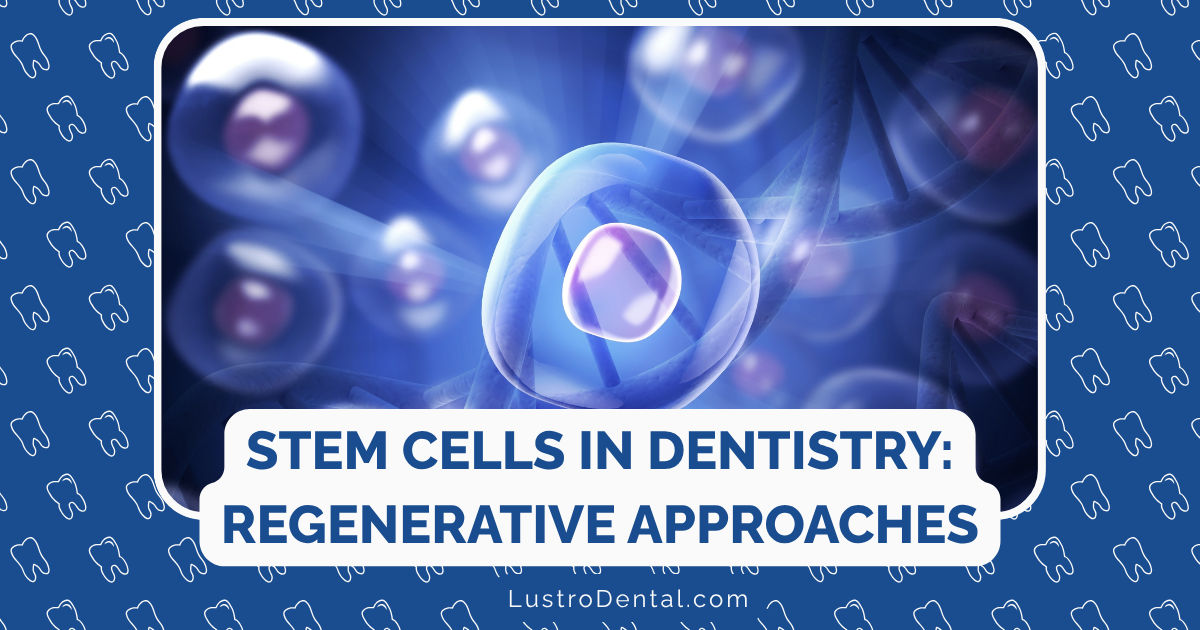Machine Learning and Personalized Treatment Plans: The Future of Custom Care
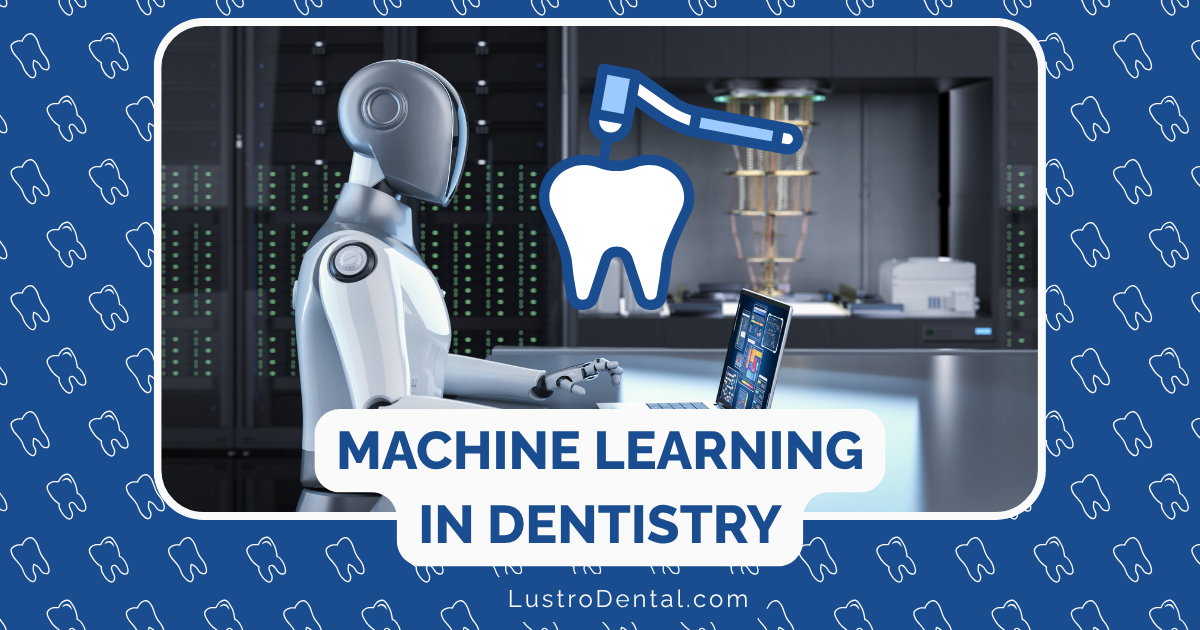
In an era where consumers can personalize everything from their coffee orders to their entertainment recommendations, healthcare is undergoing its own personalization revolution. Dentistry, in particular, is at the forefront of this transformation, with machine learning and artificial intelligence technologies enabling a level of customized care that was previously impossible. The shift from standardized treatment protocols to truly personalized dental care represents one of the most significant advances in modern dentistry—one that promises better outcomes, improved patient experiences, and more efficient clinical practice.
The Evolution from Standardized to Personalized Dental Care
Traditional dental treatment has largely followed standardized protocols based on population averages and general best practices. While these approaches have served dentistry well, they inherently treat patients as members of broad categories rather than as unique individuals with specific needs, preferences, and biological characteristics.
Dr. Sarah Johnson, Director of the Digital Dentistry Institute, explains: “For decades, we’ve known that patients respond differently to the same treatments, but we lacked the tools to predict these differences reliably. Machine learning is changing that fundamental limitation by identifying patterns in patient data that humans simply cannot detect.”
This evolution toward personalization follows three distinct phases:
1. Standardized Care (Traditional Approach)
- Treatment decisions based on general guidelines and clinical averages
- Limited consideration of individual patient variations
- Reliance on practitioner experience and published protocols
- One-size-fits-many treatment planning
2. Segmented Care (Transitional Approach)
- Patients grouped into categories based on key characteristics
- Treatment modified for specific patient segments
- Consideration of major risk factors and patient types
- Limited customization within established protocols
3. Personalized Care (Emerging Approach)
- Treatment plans tailored to individual patient characteristics
- Comprehensive analysis of multiple patient-specific factors
- Predictive modeling of individual treatment outcomes
- Dynamic adjustment based on ongoing patient data
Machine learning and AI technologies are accelerating this third phase, enabling truly personalized care that considers the full complexity of each patient’s unique situation.
Understanding Machine Learning in Dental Applications
Before exploring specific applications, it’s helpful to understand how machine learning works in the dental context.
The Basics of Machine Learning in Healthcare
Machine learning (ML) is a subset of artificial intelligence that enables computer systems to learn from data without explicit programming. In dentistry, ML systems analyze vast datasets to:
- Identify patterns that predict treatment outcomes
- Recognize relationships between patient characteristics and response to specific interventions
- Detect subtle indicators that might influence treatment success
- Generate personalized recommendations based on comprehensive patient profiles
Dr. Michael Chen, AI researcher at the American Dental Association’s Science & Research Institute, notes: “The power of machine learning lies in its ability to process thousands of variables simultaneously—far more than any human clinician could consciously consider. This allows for nuanced insights that traditional statistical methods simply cannot provide.”
Types of Machine Learning in Dental Applications
Several machine learning approaches are particularly relevant to personalized dental care:
Supervised Learning
Systems trained on labeled datasets (e.g., radiographs with confirmed diagnoses) to predict outcomes for new cases. Applications include:
- Caries detection and classification
- Periodontal disease progression prediction
- Treatment outcome forecasting
Unsupervised Learning
Algorithms that identify patterns in data without predetermined labels, useful for:
- Discovering previously unknown relationships between patient factors
- Identifying natural groupings of patients who respond similarly to treatments
- Detecting anomalies that might indicate unique patient needs
Reinforcement Learning
Systems that improve through trial and feedback, valuable for:
- Optimizing treatment sequences
- Refining treatment parameters based on outcomes
- Adapting recommendations as new evidence emerges
Deep Learning
Advanced neural networks that excel at image analysis and complex pattern recognition, applied to:
- Radiographic interpretation
- 3D treatment planning
- Facial analysis for esthetic treatments
Applications of Machine Learning in Personalized Dental Treatment
Machine learning is transforming multiple aspects of dental care, with several applications already in clinical use and many more in development:
1. Personalized Diagnosis and Risk Assessment
Traditional risk assessment relies on relatively simple scoring systems based on a limited number of factors. Machine learning enables much more sophisticated approaches:
Caries Risk Prediction
ML models analyze multiple factors including:
- Detailed oral microbiome composition
- Salivary biomarkers and pH patterns
- Dietary habits and frequency
- Genetic predisposition markers
- Previous caries patterns and progression rates
- Oral hygiene effectiveness metrics
Research published in the Journal of Dental Research demonstrated that ML-based caries prediction models achieve 88% accuracy in forecasting new lesions within 18 months, compared to 62% for traditional risk assessment methods.
Periodontal Disease Progression
Advanced algorithms predict individual periodontal disease trajectories by analyzing:
- Site-specific microbial profiles
- Inflammatory biomarker patterns
- Immune response characteristics
- Genetic susceptibility factors
- Behavioral and environmental influences
- Treatment response history
A study in the Journal of Clinical Periodontology found that machine learning models could predict site-specific attachment loss with 85% accuracy, potentially enabling targeted preventive interventions before significant damage occurs.
Oral Cancer Risk Stratification
ML systems assess individual cancer risk by integrating:
- Genetic risk factors
- Lesion characteristics from multi-spectral imaging
- Lifestyle and environmental exposures
- Family history patterns
- Previous lesion behavior
- Molecular markers from minimally invasive sampling
This personalized risk stratification allows for customized screening protocols and early intervention strategies tailored to each patient’s specific risk profile.
2. Treatment Planning and Optimization
Perhaps the most transformative application of machine learning is in treatment planning—moving beyond standardized approaches to truly personalized care plans:
Restorative Treatment Optimization
ML algorithms can recommend optimal restorative approaches based on:
- Individual tooth structure characteristics
- Bite forces and occlusal patterns
- Material performance prediction for specific conditions
- Patient-specific failure risk factors
- Esthetic preferences and priorities
- Functional requirements and habits
Dr. Lisa Rodriguez, who specializes in digital restorative dentistry, explains: “With machine learning, we can predict how different materials and techniques will perform in a specific patient’s mouth over time. This allows us to select the most durable and esthetic option for each individual rather than using a standard approach for everyone.”
Orthodontic Treatment Personalization
Advanced algorithms optimize orthodontic treatment by analyzing:
- Individual bone density and remodeling patterns
- Growth prediction based on comprehensive factors
- Tooth movement response characteristics
- Stability risk assessment
- Treatment complexity quantification
- Patient compliance prediction
A landmark study in the American Journal of Orthodontics and Dentofacial Orthopedics found that ML-optimized treatment plans reduced treatment time by an average of 18% while achieving comparable or superior outcomes.
Implant Treatment Planning
Personalized implant therapy uses ML to determine:
- Optimal implant dimensions and design for specific bone quality
- Individualized loading protocols based on healing predictors
- Patient-specific risk factors for complications
- Long-term success probability for different approaches
- Prosthetic design optimization
- Surgical guide precision enhancement
The International Journal of Oral & Maxillofacial Implants reported that AI-assisted implant planning demonstrated a 43% reduction in early implant failures compared to traditional planning methods.
3. Treatment Execution and Monitoring
Beyond planning, machine learning enhances treatment delivery and ongoing monitoring:
Adaptive Treatment Protocols
Rather than following fixed protocols, ML enables treatments that adapt based on:
- Real-time patient response data
- Progress compared to predicted trajectories
- Emerging risk factors or complications
- Healing pattern analysis
- Compliance monitoring
- Patient feedback and reported outcomes
Personalized Maintenance Recommendations
ML systems generate customized maintenance protocols considering:
- Individual disease recurrence patterns
- Home care effectiveness assessment
- Professional intervention timing optimization
- Early warning detection for potential issues
- Personalized product recommendations
- Motivation strategy effectiveness
A study in Preventive Dentistry found that patients following ML-generated maintenance protocols experienced 37% fewer complications and required 24% fewer emergency visits compared to those on standard recall schedules.
The Patient Experience: Benefits of Personalized Care
The impact of machine learning-driven personalization extends beyond clinical outcomes to transform the patient experience:
Enhanced Treatment Understanding and Acceptance
Personalized care facilitated by ML improves patient engagement through:
- Visualization of Individual Outcomes: AI-generated simulations show patients their specific expected results rather than generic examples.
- Personalized Risk Communication: Instead of general statistics, patients receive individualized risk assessments that are more meaningful and motivating.
- Comparative Outcome Predictions: Patients can see how different treatment options might perform in their specific case.
Dr. James Wilson, who studies patient communication at the University of Michigan School of Dentistry, notes: “When patients see predictions specifically for their situation rather than general possibilities, treatment acceptance increases dramatically. It transforms the discussion from abstract to personal.”
Improved Treatment Experience
Personalization enhances the treatment experience through:
- Tailored Comfort Measures: ML can predict individual responses to anxiety management approaches and anesthesia requirements.
- Optimized Appointment Scheduling: Algorithms determine ideal appointment duration and timing based on individual patient factors.
- Personalized Post-Treatment Care: Recovery recommendations tailored to individual healing patterns and risk factors.
Research published in the Journal of Dental Patient Experience found that patients receiving ML-personalized care reported 28% higher satisfaction scores compared to those receiving standard care.
Long-Term Relationship Enhancement
Personalization strengthens the dentist-patient relationship by:
- Demonstrating Individualized Attention: Patients perceive that their unique needs are being specifically addressed.
- Building Trust Through Precision: Accurate predictions and personalized recommendations enhance credibility.
- Creating Ongoing Value: Continuous refinement of personalized recommendations provides evolving benefits.
Implementation in Dental Practice: From Concept to Reality
For dental professionals interested in incorporating machine learning into their practice, several approaches are emerging:
Integration with Existing Systems
Many practice management and imaging systems now incorporate ML capabilities:
- Enhanced Imaging Analysis: Automated detection and measurement tools within existing radiographic software.
- Risk Assessment Modules: ML-powered risk evaluation integrated into practice management systems.
- Treatment Planning Assistants: AI tools that suggest personalized treatment options based on comprehensive patient data.
Dr. Robert Thompson, a digital dentistry consultant, advises: “The most practical approach for most practices is to start with ML features already integrated into their existing systems. This provides immediate benefits without requiring significant workflow changes.”
Specialized Machine Learning Platforms
Dedicated ML platforms offer more advanced capabilities:
- Comprehensive Patient Analysis: Systems that integrate data from multiple sources to generate personalized insights.
- Outcome Prediction Engines: Specialized tools that forecast treatment results based on individual patient characteristics.
- Decision Support Systems: Advanced platforms that provide evidence-based recommendations tailored to specific cases.
Data Requirements and Considerations
Effective implementation requires attention to data quality and integration:
- Comprehensive Data Collection: Ensuring that relevant patient information is consistently gathered and recorded.
- Standardized Documentation: Using structured data formats that facilitate analysis.
- Integration Across Systems: Connecting clinical, imaging, and practice management data for a complete patient profile.
- Privacy and Security: Implementing robust protections for sensitive patient information.
The American Dental Association has developed guidelines for data governance in AI-assisted dentistry, emphasizing the importance of data quality, security, and ethical use.
Ethical Considerations and Challenges
The implementation of machine learning in personalized dental care raises important ethical considerations:
Transparency and Explainability
Patients and practitioners should understand how ML-generated recommendations are derived:
- Black Box Problem: Many advanced ML systems cannot easily explain their reasoning.
- Informed Consent: Ensuring patients understand when AI is influencing their treatment recommendations.
- Appropriate Trust: Helping practitioners understand when to rely on ML suggestions and when to override them.
The Dental AI Ethics Consortium recommends that dental AI systems provide at least basic explanations of the factors influencing their recommendations.
Equity and Access
Ensuring that personalized care benefits all patients:
- Algorithmic Bias: ML systems may perform differently across demographic groups if training data is not representative.
- Digital Divide: Access to ML-enhanced care may be limited by practice location, socioeconomic factors, or insurance coverage.
- Cost Considerations: Determining fair pricing for personalized care that utilizes advanced technologies.
Research in the Journal of Dental Research has highlighted the importance of diverse training data to ensure that ML systems perform equitably across all patient populations.
Professional Responsibility
Clarifying the role of ML in the dentist-patient relationship:
- Ultimate Responsibility: Ensuring practitioners maintain final decision-making authority.
- Skill Maintenance: Preventing over-reliance that might erode clinical judgment.
- Error Management: Establishing protocols for identifying and addressing ML system errors.
The American College of Dentists emphasizes that while ML can inform dental decisions, the dentist remains responsible for all treatment provided.
The Future of Personalized Dental Care
As machine learning technologies continue to evolve, several emerging trends will shape the future of personalized dental care:
Integration of Multi-Omics Data
Next-generation personalization will incorporate comprehensive biological information:
- Genomic Data: Genetic factors affecting treatment response and risk.
- Microbiome Analysis: Detailed oral microbial profiles and their treatment implications.
- Proteomics: Protein biomarkers indicating disease activity and progression.
- Metabolomics: Small molecule profiles reflecting oral health status and disease processes.
Research at the National Institute of Dental and Craniofacial Research is exploring how these multi-omics approaches can be integrated into clinical decision-making through advanced ML algorithms.
Real-Time Adaptive Systems
Future ML systems will provide dynamic recommendations that evolve in real-time:
- Continuous Monitoring: Integration with intraoral sensors and smart dental devices.
- Adaptive Treatment Modification: Real-time adjustment of treatment parameters based on immediate response.
- Predictive Intervention: Identifying potential issues before they become clinically apparent.
Collaborative Intelligence
The most promising future lies in the synergy between human expertise and machine capabilities:
- Augmented Clinical Judgment: ML systems that enhance rather than replace practitioner decision-making.
- Continuous Learning Systems: Platforms that incorporate feedback from clinical outcomes to improve recommendations.
- Collective Knowledge: Systems that aggregate insights across practitioners while maintaining patient privacy.
Dr. Emily Martinez, who researches human-AI collaboration at Harvard School of Dental Medicine, suggests: “The future isn’t AI replacing dentists—it’s a collaborative intelligence where technology handles data analysis and pattern recognition while practitioners contribute clinical wisdom, ethical judgment, and the human connection that remains essential to care.”
Conclusion: Personalized Care as the New Standard
Machine learning and AI are transforming dental care from a primarily standardized approach to truly personalized treatment. This shift represents not just a technological advancement but a fundamental change in how we conceptualize optimal care—moving from population-based averages to individual-specific precision.
For patients, this evolution means treatments tailored to their unique biological characteristics, preferences, and circumstances. For practitioners, it offers powerful tools to enhance clinical decision-making, improve outcomes, and practice more efficient, evidence-based dentistry.
As these technologies continue to mature and integrate into everyday practice, personalized care will likely become the expected standard rather than an exceptional approach. Dental professionals who embrace these tools thoughtfully—maintaining their clinical expertise while leveraging the analytical power of machine learning—will be positioned to provide the highest level of patient-centered care.
The future of dentistry lies not in choosing between human judgment and artificial intelligence, but in their thoughtful integration—creating a new paradigm of personalized care that combines the best of both worlds to benefit patients and practitioners alike.
What aspects of personalized dental care are you most interested in? Have you experienced AI-enhanced treatment planning? Share your thoughts in the comments below!


